OPERATION SINDOOR SHOWCASES TRI-SERVICES SYNERGY, SETS BENCHMARK FOR FUTURE JOINT OPERATIONS
BY DEFENCE JOURNALIST SAHIL | T.I.N. NETWORK
New Delhi, 30 September 2025 — Operation Sindoor, a recent tri-services operational initiative, has emerged as a defining example of jointness, interoperability, and operational synergy among the Indian Armed Forces. Speaking at a seminar organized by the Indian Air Force (IAF) at Subroto Park, New Delhi, Raksha Mantri Shri Rajnath Singh highlighted the pivotal role of tri-services integration in achieving decisive operational outcomes.
“During Operation Sindoor, the tri-services synergy produced a unified, real-time operational picture. It empowered commanders to take timely decisions, enhanced situational awareness, and reduced the risk of fratricide. This is a living example of jointness delivering results and must become the benchmark for all future operations,” Shri Rajnath Singh asserted.
The Raksha Mantri emphasized that IAF’s Integrated Air Command and Control System (IACCS), in unison with the Indian Army’s Akashteer and the Indian Navy’s Trigun, formed the operational backbone during the operation. This seamless integration allowed commanders to access a consolidated operational view, facilitating rapid decision-making, risk mitigation, and optimized deployment of assets across land, sea, and air domains.
Seminar Highlights: Fostering Greater Jointness
The seminar, themed “Fostering Greater Jointness – Synergy through Shared Learning in the Domain of Inspection and Audits, Aviation Standards and Aerospace Safety”, brought together top military leaders, veterans, and experts to deliberate on deeper integration among the Armed Forces. It highlighted the need to maximize operational preparedness and meet the demands of modern, multidimensional warfare.
Shri Rajnath Singh stated that the evolving character of warfare, with the complex interplay of traditional and non-traditional threats, makes jointness a core operational necessity rather than an option. “While each service possesses independent capabilities, the interconnected nature of land, sea, air, space, and cyberspace makes collaborative strength the true guarantor of victory,” he said.
Reflecting on the recent Combined Commanders’ Conference in Kolkata, Shri Rajnath Singh recalled Prime Minister Shri Narendra Modi’s emphasis on the importance of integration and jointness, signaling the Government’s commitment to preparing India’s Armed Forces for future-ready systems. “Our government’s objective is to further promote Jointness and integration among the Tri-Services. This is not just a matter of policy but a matter of survival in a rapidly changing security environment,” the Raksha Mantri added.
Digital Transformation and Logistics Integration
Shri Rajnath Singh also highlighted the technological strides made by the Armed Forces in enhancing operational efficiency and logistics management:
- Army’s Computerised Inventory Control Group (CICG)
- Air Force’s Integrated Materials Management Online System (IMMOLS)
- Navy’s Integrated Logistics Management System (ILMS)
He emphasized that these systems have already automated processes, enhanced accountability, and improved transparency in logistics. Work has commenced on the Tri-Services Logistics Application, which will integrate these systems to provide shared visibility of stocks, optimize cross-service resources, and reduce redundant procurement, paving the way for seamless logistics coordination across the tri-services.
Learning from Experience: From Compartmentalization to Shared Knowledge
Over decades, each service had independently developed operational practices, inspection frameworks, and audit systems, tailored to its unique challenges and geographies. While the Army, Navy, and Air Force excelled individually, much of this hard-earned operational knowledge remained siloed.
Shri Rajnath Singh observed, “If the Army developed something, it remained with the Army. If the Navy or Air Force developed something, it stayed within their walls. This compartmentalization limited the cross-sharing of valuable lessons.”
He urged that in today’s fast-changing security climate, such compartmentalization must give way to open sharing and collective learning. “Threats have become more complex, and no single service can operate in isolation. Interoperability and jointness are now essential for success in any conflict,” the Raksha Mantri stressed.
Harmonizing Standards: Aviation Safety and Cyber Domains
Highlighting the importance of standardization, Shri Rajnath Singh noted that divergence in aviation safety and cyber defence standards could have catastrophic consequences. “Even minor errors in inspection can create cascading effects. Differing cyber defence systems across services could be exploited by adversaries. We must harmonize standards to close these vulnerabilities,” he explained.
At the same time, he underlined that integration must respect the unique challenges of each service. “The cold of the Himalayas is not the same as the heat of the desert. The Navy faces different challenges than the Army or Air Force. Our goal is to create a shared baseline that preserves uniqueness while building interoperability and trust,” he said.
Changing Mindsets: Dialogue, Understanding, and Respect
Shri Rajnath Singh emphasized that achieving jointness is not only structural but cultural. Leaders at all levels must communicate the value of integration, encourage cross-service collaboration, and overcome entrenched silos. “Every service must feel that the others understand their challenges, and every tradition must be honoured as we build new systems together,” he noted.
He further stressed learning from global best practices while adapting solutions to India’s geography, culture, and operational requirements, ensuring systems that are sustainable and future-ready.
Government Support and Multi-Agency Collaboration
The Raksha Mantri reaffirmed the government’s commitment to supporting jointness across all domains. He urged not only the tri-services but also agencies such as the Indian Coast Guard (ICG), Border Security Force (BSF), and Directorate General of Civil Aviation (DGCA) to actively participate in integration efforts. “Only when our Armed Forces operate in unison, in harmony, and perfect coordination, can we counter adversaries across all domains and elevate India’s strategic capabilities,” he stressed.
Before his address, Shri Rajnath Singh paid condolences to Director General Territorial Army Lt Gen Raju Baijal, who passed away earlier that morning.
Attendance and Key Participants
The seminar saw the presence of senior military leadership, including:
- Chief of Defence Staff General Anil Chauhan
- Chief of Naval Staff Admiral Dinesh K Tripathi
- Chief of the Air Staff Air Chief Marshal AP Singh
- Director General (Inspection & Safety) Air Marshal Makarand Ranade
- Senior officials from ICG, BSF, DGCA, and veteran representatives
Outcomes and Way Forward
The seminar concluded with a strong consensus on several critical points:
- Need for greater commonality in inspection processes across the services.
- Enhanced interoperability in aviation and logistics systems.
- Unified approach to aerospace safety to improve operational resilience and address emerging challenges.
- Sharing of best practices and lessons learned to prevent compartmentalization of critical operational knowledge.
These outcomes signify a decisive step toward greater collaboration, joint operational readiness, and a culture of shared learning, positioning India’s Armed Forces as future-ready, integrated, and technologically adept.
Conclusion
Operation Sindoor and the subsequent deliberations at the seminar underscore a historic shift in India’s defence posture, where tri-services synergy, digital integration, and collaborative operational frameworks are no longer aspirational but operational imperatives. With the government’s strong backing and proactive leadership, India is charting a course toward fully integrated, interoperable Armed Forces, ready to meet the challenges of modern warfare while safeguarding national security.
The Raksha Mantri’s clarion call for dialogue, respect, and integration sets the tone for a new era of jointness, efficiency, and operational excellence in India’s military strategy.
ऑपरेशन सिंदूर ने त्रि-सेवा समन्वय को दिखाया, भविष्य की संयुक्त अभियानों के लिए स्थापित किया बेंचमार्क
BY DEFENCE JOURNALIST SAHIL | T.I.N. NETWORK
नई दिल्ली, 30 सितम्बर 2025 — हाल ही में सम्पन्न ऑपरेशन सिंदूर ने भारतीय सशस्त्र बलों में त्रि-सेवा समन्वय, इंटरऑपरेबिलिटी और संयुक्त संचालन का एक नया आदर्श स्थापित किया है। भारतीय वायु सेना (IAF) द्वारा सब्रोटो पार्क, नई दिल्ली में आयोजित एक सेमिनार में रक्षा मंत्री श्री राजनाथ सिंह ने इस अभियान में त्रि-सेवा एकीकरण की निर्णायक भूमिका पर प्रकाश डाला।
“ऑपरेशन सिंदूर के दौरान त्रि-सेवा समन्वय ने एकीकृत, वास्तविक समय की ऑपरेशनल तस्वीर प्रस्तुत की। इसने कमांडरों को समय पर निर्णय लेने में सक्षम बनाया, स्थिति जागरूकता को बढ़ाया और भ्रातृहत्या के जोखिम को कम किया। यह संयुक्तता का जीवंत उदाहरण है और इसे भविष्य के सभी अभियानों के लिए मानक बनाना चाहिए,” श्री राजनाथ सिंह ने कहा।
उन्होंने यह भी बताया कि IAF का इंटीग्रेटेड एयर कमांड एंड कंट्रोल सिस्टम (IACCS), भारतीय सेना के आकाशतीर और भारतीय नौसेना के त्रिगुण के साथ मिलकर ऑपरेशन के दौरान कार्यात्मक रीढ़ की हड्डी का काम कर रहा था। इस सहज समन्वय ने भूमि, समुद्र और वायु क्षेत्रों में संसाधनों के कुशल प्रबंधन और त्वरित निर्णय लेने की क्षमता प्रदान की।
सेमिनार का मुख्य विषय: “अधिक संयुक्तता को बढ़ावा देना”
“Fostering Greater Jointness – Synergy through Shared Learning in the Domain of Inspection and Audits, Aviation Standards and Aerospace Safety” विषय पर आयोजित इस सेमिनार में वरिष्ठ सैन्य अधिकारी, विशेषज्ञ और पूर्व सैनिक उपस्थित थे। इस कार्यक्रम ने आधुनिक युद्ध की मांगों को पूरा करने और सैन्य तत्परता को अधिकतम करने के लिए अंतर-सैन्य समन्वय की आवश्यकता को उजागर किया।
रक्षा मंत्री ने कहा कि बदलते युद्ध स्वरूप और परंपरागत एवं गैर-परंपरागत खतरों के जटिल परस्पर संबंध के कारण संयुक्तता अब केवल विकल्प नहीं बल्कि आवश्यकता बन गई है। “हालांकि प्रत्येक सेवा स्वतंत्र रूप से कार्य कर सकती है, लेकिन भूमि, समुद्र, वायु, अंतरिक्ष और साइबरस्पेस के परस्पर जुड़ाव में सामूहिक ताकत ही विजय की वास्तविक गारंटी है,” उन्होंने कहा।
उन्होंने हाल ही में कोलकाता में आयोजित संयुक्त कमांडर्स कॉन्फ्रेंस का जिक्र करते हुए कहा कि प्रधानमंत्री श्री नरेंद्र मोदी ने वहां भी संयुक्तता और समाकलन की महत्वपूर्णता पर जोर दिया था। “हमारी सरकार का उद्देश्य त्रि-सेवाओं में और अधिक संयुक्तता और समाकलन को बढ़ावा देना है। यह केवल नीति का विषय नहीं बल्कि तेजी से बदलते सुरक्षा परिदृश्य में जीवित रहने का सवाल है,” रक्षा मंत्री ने जोर देकर कहा।
डिजिटल और लॉजिस्टिक्स समाकलन
रक्षा मंत्री ने त्रि-सेवाओं में तकनीकी सुधारों को भी रेखांकित किया:
- सेना का कंप्यूटरीकृत इन्वेंट्री कंट्रोल ग्रुप (CICG)
- वायु सेना का इंटीग्रेटेड मटीरियल मैनेजमेंट ऑनलाइन सिस्टम (IMMOLS)
- नौसेना का इंटीग्रेटेड लॉजिस्टिक्स मैनेजमेंट सिस्टम (ILMS)
इन प्रणालियों ने ऑटोमेशन, जवाबदेही और पारदर्शिता सुनिश्चित की है। इसके साथ ही त्रि-सेवा लॉजिस्टिक्स एप्लीकेशन पर काम शुरू हो गया है, जो इन प्रणालियों को जोड़कर साझा स्टॉक दृश्यता, क्रॉस-सर्विस संसाधन अनुकूलन और अनावश्यक खरीद को कम करेगा।
अनुभव से सीख: सिंगल-सेवा से साझा ज्ञान तक
रक्षा मंत्री ने बताया कि दशकों तक प्रत्येक सेवा ने अपने अनुभव और भौगोलिक विशेषताओं के अनुसार संचालन, निरीक्षण और ऑडिट प्रणाली विकसित की थी। हालांकि, यह संचित ज्ञान अक्सर केवल उसी सेवा तक सीमित रहता था।
श्री राजनाथ सिंह ने कहा, “यदि सेना ने कुछ विकसित किया, तो वह केवल सेना में रहा। यदि नौसेना या वायु सेना ने कुछ विकसित किया, तो वह अपने भीतर ही रहा। यह सीमित साझा करना मूल्यवान सीख को बाधित करता है।”
उन्होंने कहा कि आज की सुरक्षा चुनौतियों में ऐसी सीमाएं हटानी होंगी और साझा सीखने और खुले ज्ञान विनिमय को बढ़ावा देना होगा। “खतरे अब पहले से अधिक जटिल हैं और कोई भी सेवा अकेले काम नहीं कर सकती। इंटरऑपरेबिलिटी और संयुक्तता अब किसी भी संघर्ष में सफलता की कुंजी हैं,” उन्होंने जोर दिया।
मानकीकरण और सुरक्षा
विमानन सुरक्षा और साइबर डोमेन में मानकीकरण की आवश्यकता पर भी बल देते हुए रक्षा मंत्री ने कहा कि छोटे अंतर भी गंभीर परिणाम पैदा कर सकते हैं। “यदि निरीक्षण में त्रुटि हुई तो प्रभाव श्रृंखलाबद्ध होंगे। यदि साइबर सुरक्षा प्रणालियां सेवाओं में अलग-अलग हैं, तो प्रतिद्वंद्वी इसका लाभ उठा सकते हैं। हमें इन कमजोरियों को दूर करने के लिए मानकों का समन्वय करना होगा।”
साथ ही उन्होंने कहा कि समाकलन में प्रत्येक सेवा की विशिष्टताओं का सम्मान जरूरी है। “हिमालय की ठंड और रेगिस्तान की गर्मी समान नहीं हैं। नौसेना के सामने चुनौतियां अलग हैं। हमारा लक्ष्य ऐसा साझा आधार बनाना है जो विशिष्टताओं को संरक्षित रखते हुए विश्वास और इंटरऑपरेबिलिटी बनाए।”
मानसिकता में बदलाव: संवाद, समझ और सम्मान
रक्षा मंत्री ने कहा कि संयुक्तता केवल संरचनात्मक सुधार नहीं बल्कि मानसिकता में बदलाव भी है। उन्होंने वरिष्ठ नेतृत्व से आग्रह किया कि वे अपने दलों को एकीकरण के महत्व की निरंतर जानकारी दें। “हर सेवा को महसूस होना चाहिए कि अन्य सेवाएं उनके चुनौतियों को समझती हैं, और प्रत्येक परंपरा का सम्मान किया जाना चाहिए,” उन्होंने कहा।
उन्होंने अंतरराष्ट्रीय श्रेष्ठ प्रथाओं से सीखने और उन्हें भारत की भौगोलिक, सांस्कृतिक और संचालनात्मक जरूरतों के अनुसार अपनाने पर भी जोर दिया।
सरकार का समर्थन और बहु-एजेंसी समाकलन
रक्षा मंत्री ने सरकार की प्रतिबद्धता दोहराते हुए कहा कि त्रि-सेवाओं सहित आईसीजी, बीएसएफ और DGCA को सक्रिय रूप से एकीकृत प्रयासों में भाग लेना चाहिए। “केवल तभी जब हमारी सशस्त्र सेनाएं संगत, समन्वित और सामंजस्यपूर्ण रूप से कार्य करेंगी, हम सभी डोमेन में प्रतिद्वंद्वियों का मुकाबला कर पाएंगे और भारत को नई ऊँचाइयों पर ले जाएंगे। यह समय की मांग है, और मुझे विश्वास है कि हम इसे हासिल करेंगे।”
अपने संबोधन से पहले, श्री राजनाथ सिंह ने डायरेक्टर जनरल टेरिटोरियल आर्मी, लेफ्टिनेंट जनरल राजू बैजल के निधन पर शोक व्यक्त किया।
प्रतिभागी और वरिष्ठ अधिकारियों की उपस्थिति
सेमिनार में वरिष्ठ सैन्य नेतृत्व और अधिकारियों की भागीदारी रही, जिनमें शामिल हैं:
- चीफ ऑफ डिफेंस स्टाफ जनरल अनिल चौहान
- चीफ ऑफ द नेवल स्टाफ एडमिरल दिनेश के त्रिपाठी
- चीफ ऑफ द एयर स्टाफ एयर चीफ मार्शल ए.पी. सिंह
- डायरेक्टर जनरल (इंस्पेक्शन एंड सेफ्टी) एयर मार्शल मकरंद रणडे
- आईसीजी, बीएसएफ, DGCA के वरिष्ठ अधिकारी और पूर्व सैनिक
सेमिनार के प्रमुख निष्कर्ष
- निरीक्षण प्रक्रियाओं में अधिक सामान्यता की आवश्यकता।
- एविएशन और लॉजिस्टिक्स में इंटरऑपरेबिलिटी बढ़ाने के अवसर।
- संयुक्त एयरोस्पेस सुरक्षा दृष्टिकोण अपनाना।
- महत्वपूर्ण संचालनात्मक ज्ञान के साझा प्रसार को बढ़ावा देना।
ये निष्कर्ष भारत की सशस्त्र सेनाओं को अधिक सहयोगी, संयुक्त और विशेषज्ञता साझा करने वाली संस्कृति की ओर ले जाने का संकेत देते हैं।
निष्कर्ष
ऑपरेशन सिंदूर और इसके बाद के सेमिनार ने भारत की रक्षा रणनीति में एक ऐतिहासिक बदलाव को रेखांकित किया है, जहां त्रि-सेवा समन्वय, डिजिटल एकीकरण और साझा संचालनात्मक ढांचे अब केवल लक्ष्य नहीं बल्कि वास्तविकता बन चुके हैं। सरकार के मजबूत समर्थन और नेतृत्व के साथ, भारत की सशस्त्र सेनाएं पूर्ण रूप से एकीकृत, इंटरऑपरेबल और भविष्य-तैयार बनने की दिशा में अग्रसर हैं।
रक्षा मंत्री का संदेश – संवाद, समझ और परंपराओं का सम्मान – भविष्य में सशस्त्र बलों में संयुक्तता, दक्षता और संचालनात्मक उत्कृष्टता की दिशा में मार्गदर्शक बनता है।

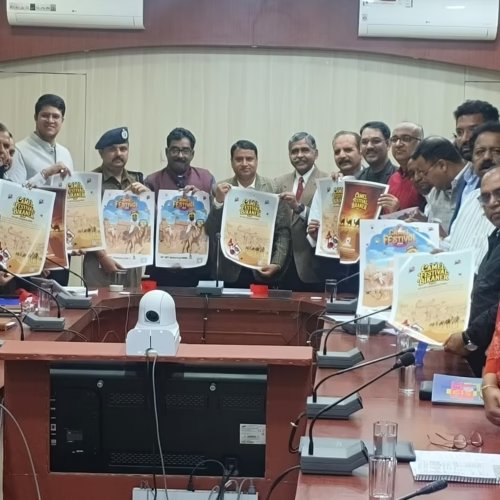

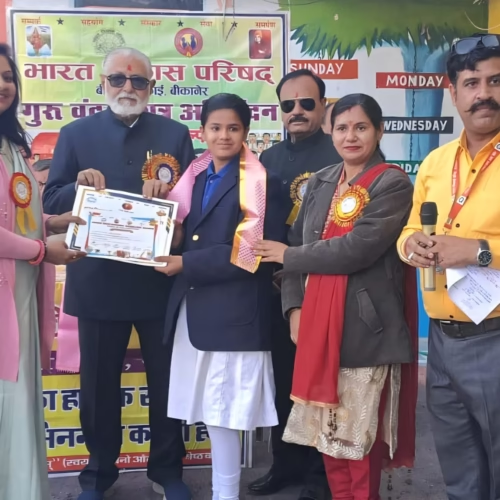

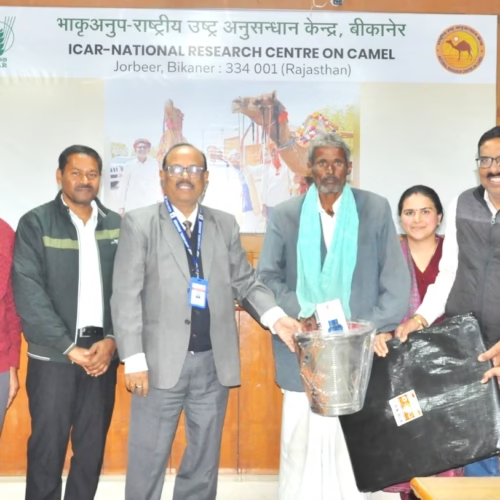

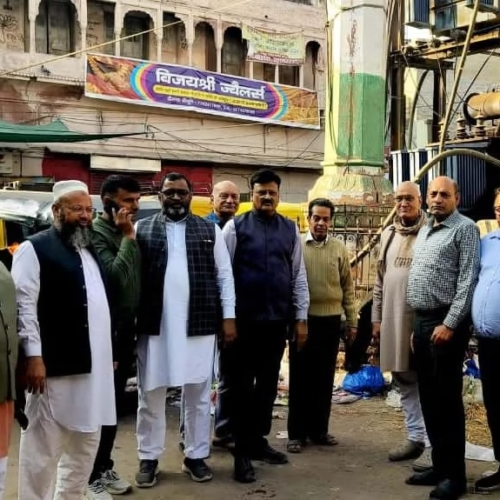
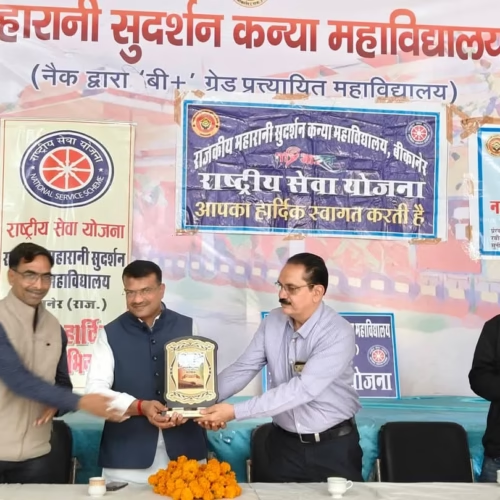
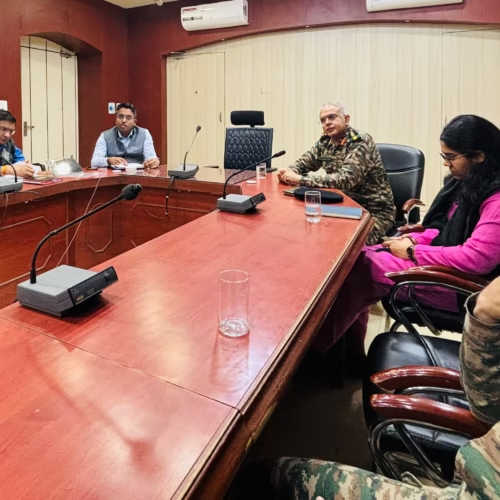
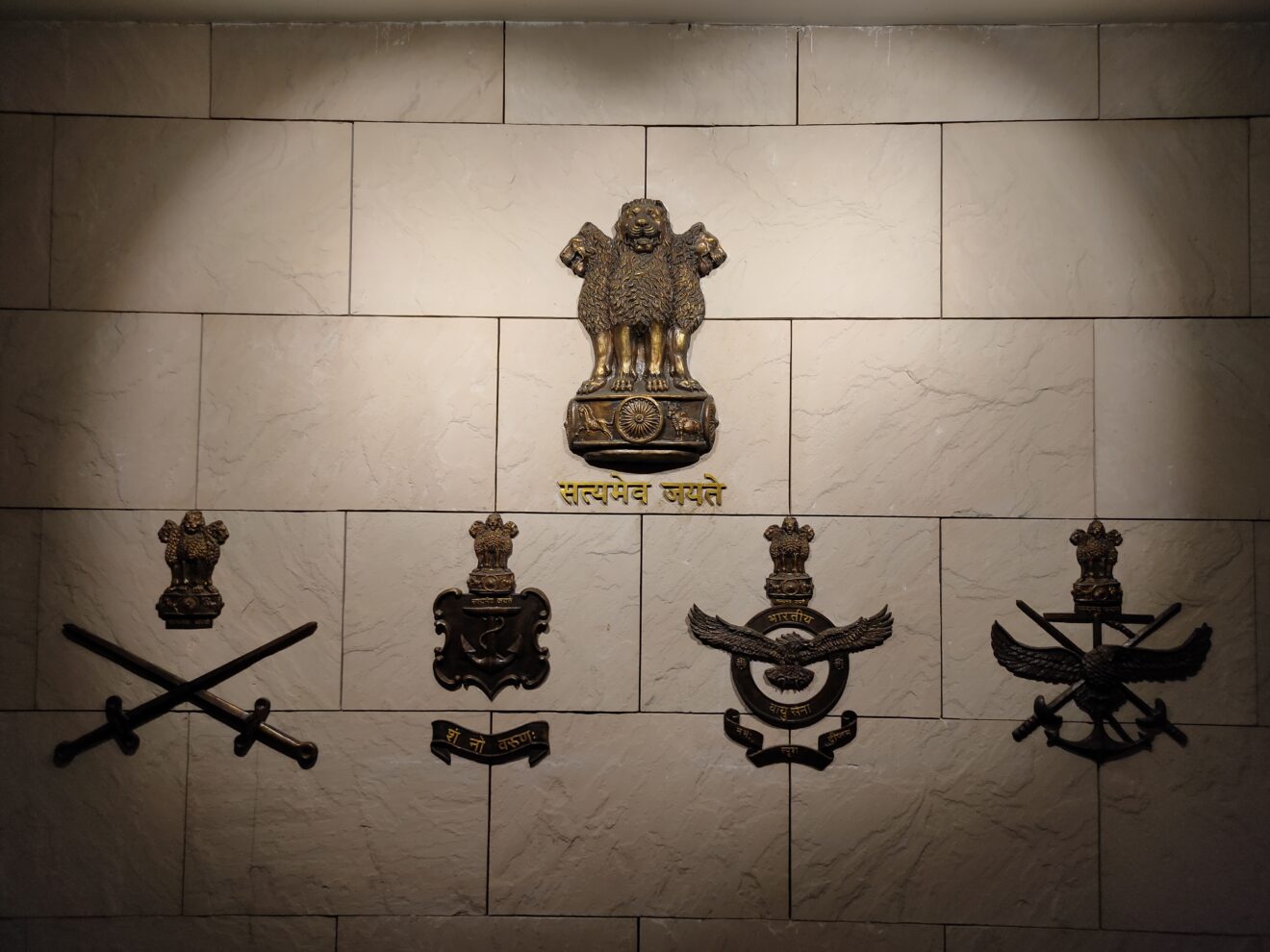




Add Comment